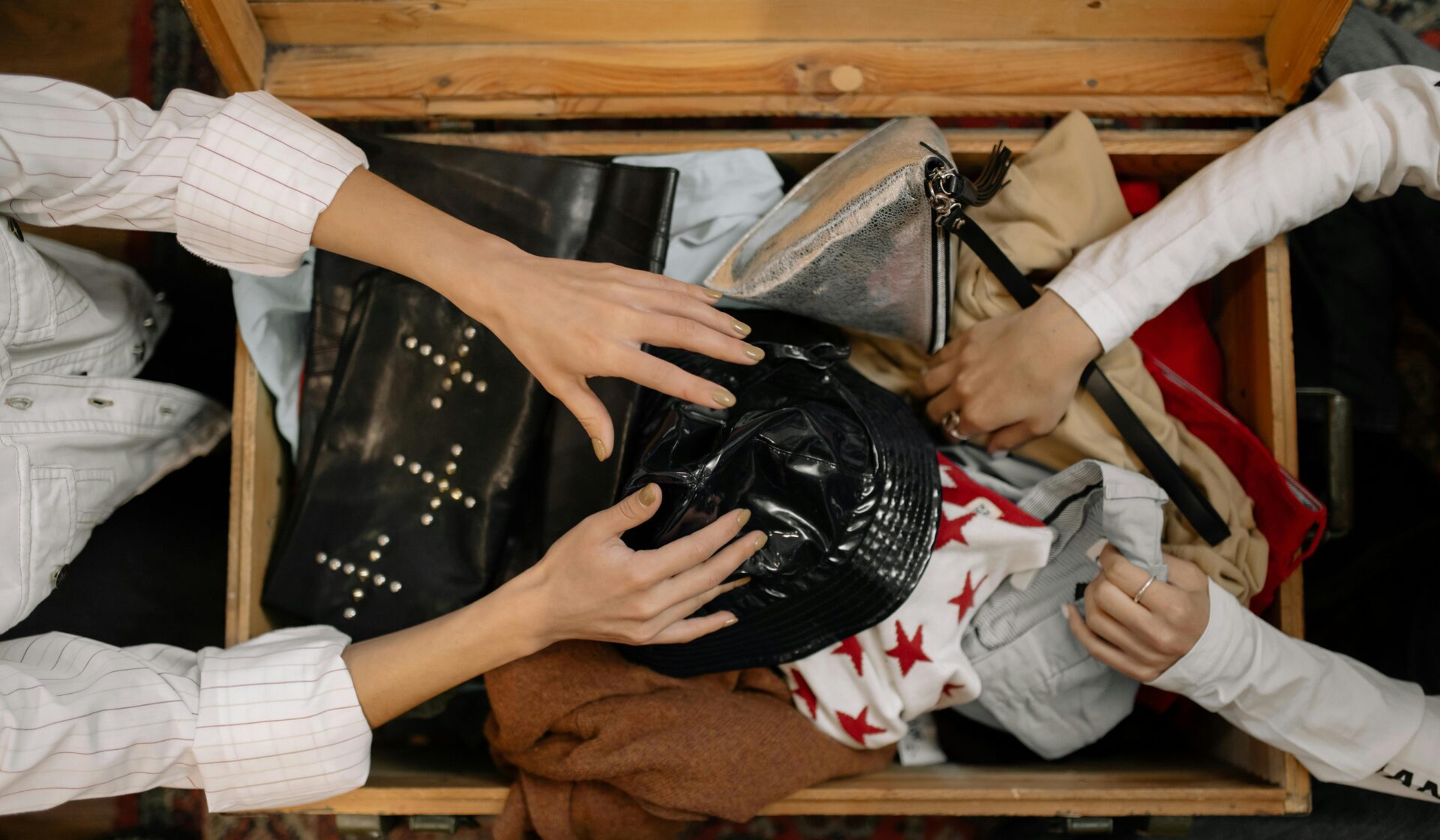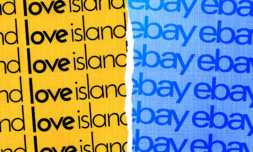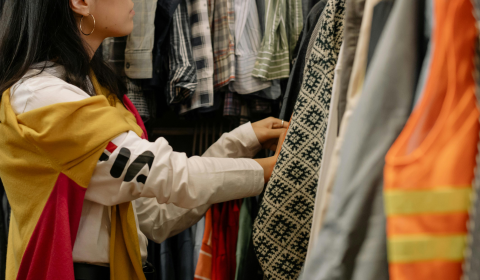As the cost-of-living crisis and concerns over sustainability drives consumers towards pre-owned garments, sales are on track to reach $350bn in 2028, according to ThredUp’s most recent report.
Thrifting, repurposing, the trading of deadstock – you name it. They all come under the umbrella of resale fashion.
Long before it became chic, rummaging through vintage markets was the best way to find original, often designer clothing without the hefty price tags.
It’s where you could stumble upon a mispriced Coach bag that cost less than the takeaway you were planning on ordering that evening.
It was a treasure hunt for the most intrepid of shoppers that eventually migrated online to eBay and one that is now a booming business of its own, spearheaded by Depop, Vinted, and Poshmark. Evidently, the negative connotations once linked to pre-owned fashion are no more.
During a time in which the threats posed by our rapidly changing climate are more prevalent than ever, resale shopping is all the rage.
In case you’ve forgotten, fashion is officially the second-largest global consumer of water according to the European Environmental Agency and generates ‘more greenhouse gas emissions than all international flights and maritime shipping combined.’
Heavily reliant on constantly updating lines, styles, and trends every single season at breakneck speed to meet demand – with a supply chain that simultaneously functions at an unhesitating rate – it’s also notorious for how much waste it produces (one garbage truck every minute to be exact).
And, though recycling programmes have existed for decades now, because the synthetic fibres used in 72% of our clothes take two centuries to decompose, the world is still drowning in textiles, with 92 million tonnes of the 100 billion garments bought annually getting thrown out – and piling up.
By 2030, that figure is expected to increase by over forty million.
With this in mind, and as concerns over the industry’s detrimental impact on the already-suffering planet grow ever-louder and more persistent, it’s unsurprising that resale – and the elimination of overconsumption that goes with it – has become something of a saviour for sustainability in fashion.
The stats speak for themselves, really. According to a report by Global Data, secondhand clothing is so popular that the market has been developing at a rate twenty-one times faster than retail.
And as ThredUp’s 2024 overview has revealed, sales are on track to reach $350 billion in 2028 after a surge last year of 18% to $197bn.




















